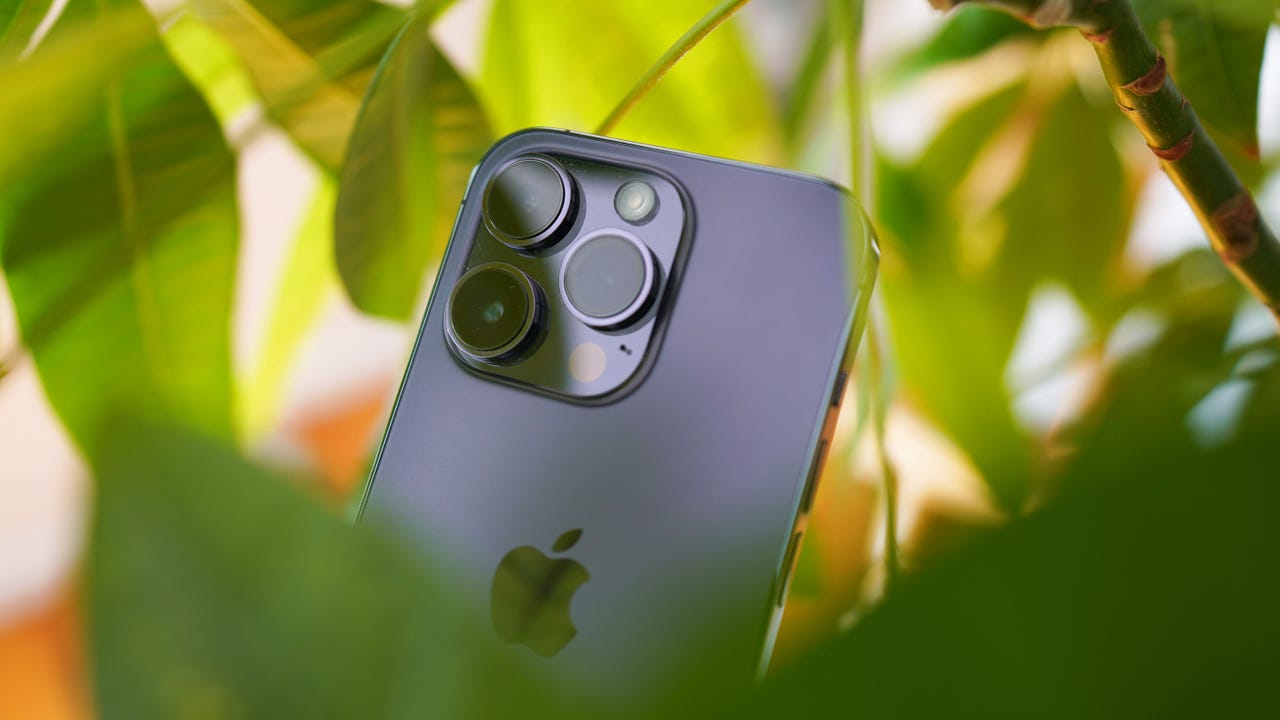'ZDNET Recommends': What exactly does it mean?
ZDNET's recommendations are based on many hours of testing, research, and comparison shopping. We gather data from the best available sources, including vendor and retailer listings as well as other relevant and independent reviews sites. And we pore over customer reviews to find out what matters to real people who already own and use the products and services we’re assessing.
When you click through from our site to a retailer and buy a product or service, we may earn affiliate commissions. This helps support our work, but does not affect what we cover or how, and it does not affect the price you pay. Neither ZDNET nor the author are compensated for these independent reviews. Indeed, we follow strict guidelines that ensure our editorial content is never influenced by advertisers.
ZDNET's editorial team writes on behalf of you, our reader. Our goal is to deliver the most accurate information and the most knowledgeable advice possible in order to help you make smarter buying decisions on tech gear and a wide array of products and services. Our editors thoroughly review and fact-check every article to ensure that our content meets the highest standards. If we have made an error or published misleading information, we will correct or clarify the article. If you see inaccuracies in our content, please report the mistake via this form.
Your next iPhone may feature Apple's biggest camera upgrade ever

The iPhone 14 Pro features a 6x optical zoom lens from 0.5x ultrawide to 3x telephoto.
The rumor mill always starts buzzing as we near big launch events, with speculation of what the next iPhone or Galaxy model will feature. But rumors today are buzzing not over what may be announced this fall on the Apple stage but over what 2024 will bring.
According to a Macrumors, Apple's iPhone 16 Pro Max will include a super telephoto camera, giving the smartphone camera significantly increased optical zoom.
Also: Every product we're expecting at Samsung Unpacked: Galaxy Z Fold 5, Watch 6, Tab S9, more
A super-telephoto lens, like the iPhone 16 Pro Max could feature, would allow iPhone owners to photograph distant objects while maintaining focus and image quality. The telephoto lens is also preferred to create images with blurred backgrounds, which could enhance the iPhone's Portrait feature.
A traditional 300mm lens is typically long and heavy, used by animal photographers and sports reporters, not one that you'd carry around in your pocket attached to your iPhone. But the idea is not that far-fetched; the Samsung Galaxy S23 Ultra features a 230mm focal length for its telephoto lens, and the Pixel 7 Pro has a 120mm focal length.
Currently, iPhone 13 Pro and iPhone 14 Pro models feature a telephoto lens with a 77mm focal length. The iPhone 16 Pro Max would boast a 300mm focal length, which sounds incredible to add to the back of a smartphone.
Also: The best phone deals right now
If Apple can get a 300mm focal length on the iPhone 16 camera, it'd be the first smartphone with a super telephoto lens, a designation reserved for zoom lenses with a focal length of 300mm and over.
You may wonder if Apple can build it, why not do it this year? Apple seems to be taking steps towards adding the super telephoto lens to its flagship smartphone's camera systems by making some necessary improvements.
Also: iPhone overheating and burning through the battery fast? This weird fix might help
Reportedly, the iPhone 15 Pro Max, which should be released later this year, will feature a periscope lens. The system, already in use by the Samsung Galaxy S22 Ultra, allows for larger optical zoom without needing a thicker smartphone.
A periscope system lets the light enter the camera and reflects it through a prism or mirror set at an angle. It then travels horizontally through the lenses before reaching the sensor. The engineering team can position the camera system sideways or horizontally inside the smartphone.
Presumably, iPhones would have an intricate periscope lens system built in a way that adds little to no thickness to the smartphone. This could work wonders for that amateur bird photographer or those shots of a full moon that you can never quite capture well enough with your phone camera.
